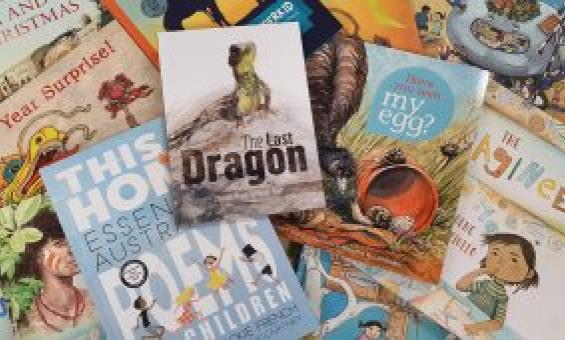Digital Classroom
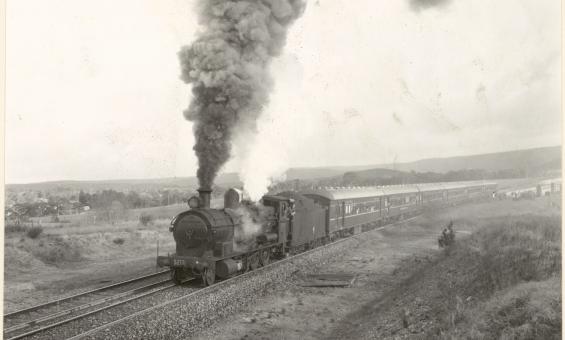
Ian Mitchell & Australian News and Information Bureau, Steam locomotive hauling a passenger train on the Southern Highlands of New South Wales, 1970, nla.gov.au/nla.obj-137739465

Australian Consumers' Association, Colour TV: what to look for when buying a set, 1977, nla.gov.au/nla.cat-vn1285282

Wolfgang Sievers, Teacher and small children in a classroom at Tom Price, Western Australia, 1975, nla.gov.au/nla.obj-160837401

Wolfgang Sievers, Children on a swing at Tom Price, Western Australia, 1975, nla.gov.au/nla.obj-160837526
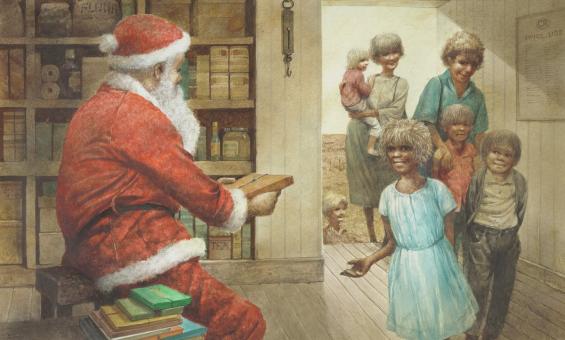
Jane Jolly and Robert Ingpen, Tea and Sugar Christmas, 2014, nla.gov.au/nla.cat-vn6420587
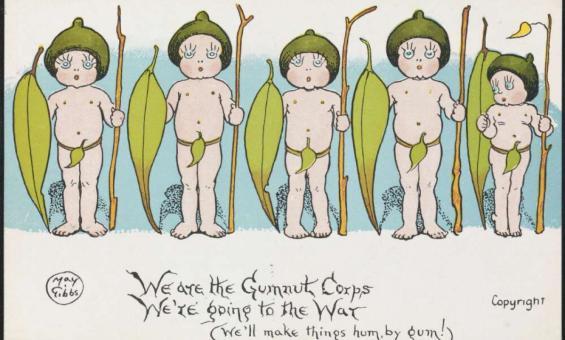
May Gibbs, We are the Gumnut Corps, we're going to war, 1916, nla.gov.au/nla.obj-153093166
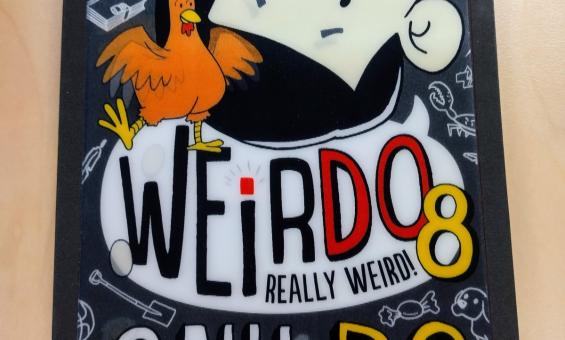
Anh Do and Jules Faber, WeirDo, 2017, nla.gov.au/nla.cat-vn7289358
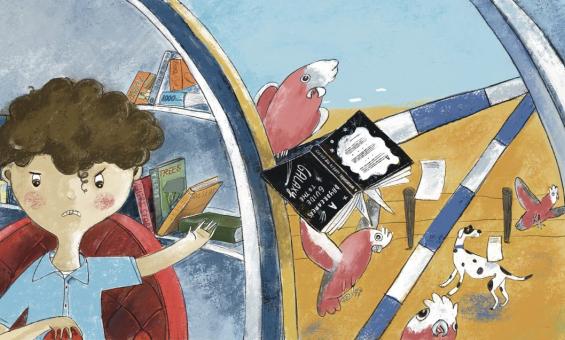
Emma Allen and Lisa Coutts, The Great Book-Swapping Machine, 2021, nla.gov.au/nla.cat-vn8630184
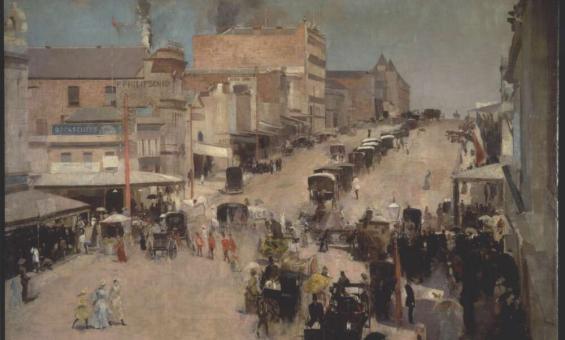
Tom Roberts, Bourke Street, Melbourne, 1885, nla.gov.au/nla.obj-134285521
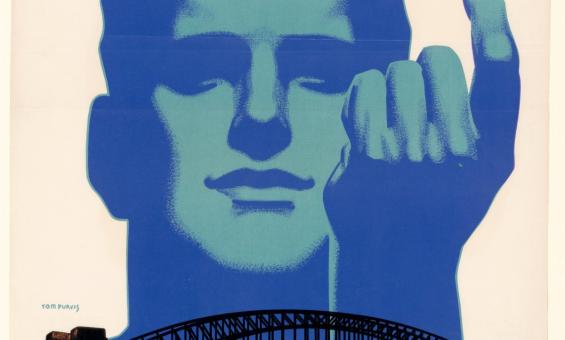
Tom Purvis, 1888-1959 & Australia's 150th Anniversary Celebrations Council & Australian National Travel Association, Australia's 150th anniversary celebrations Sydney - summer season, 1938, nla.gov.au/nla.obj-135689940
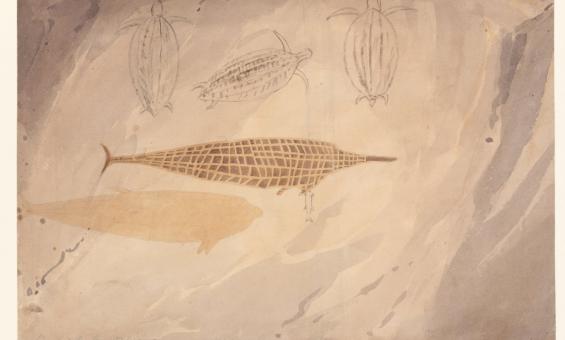
William Westall, Chasm Island, native cave painting, 1803, nla.gov.au/nla.obj-138890494
